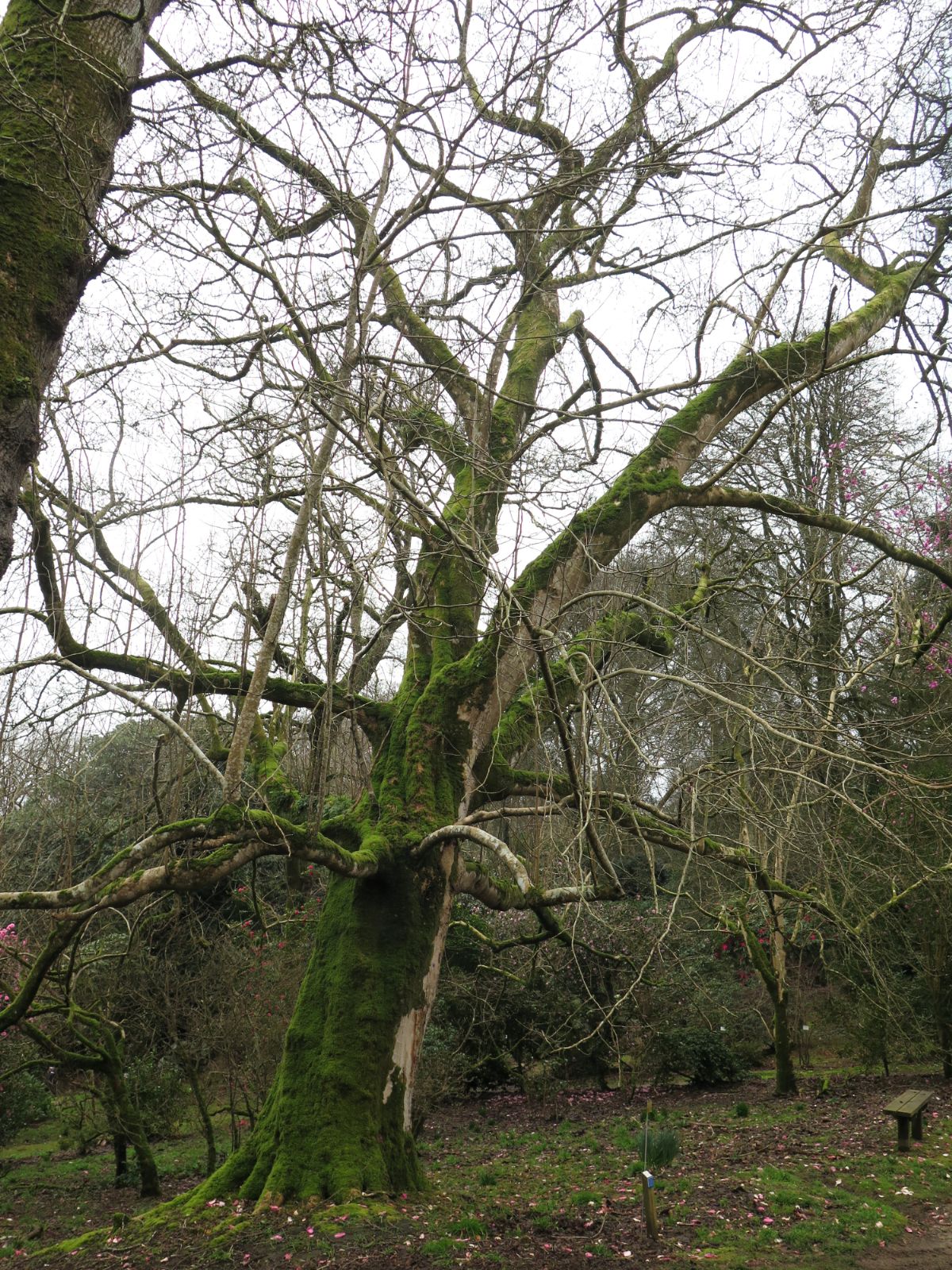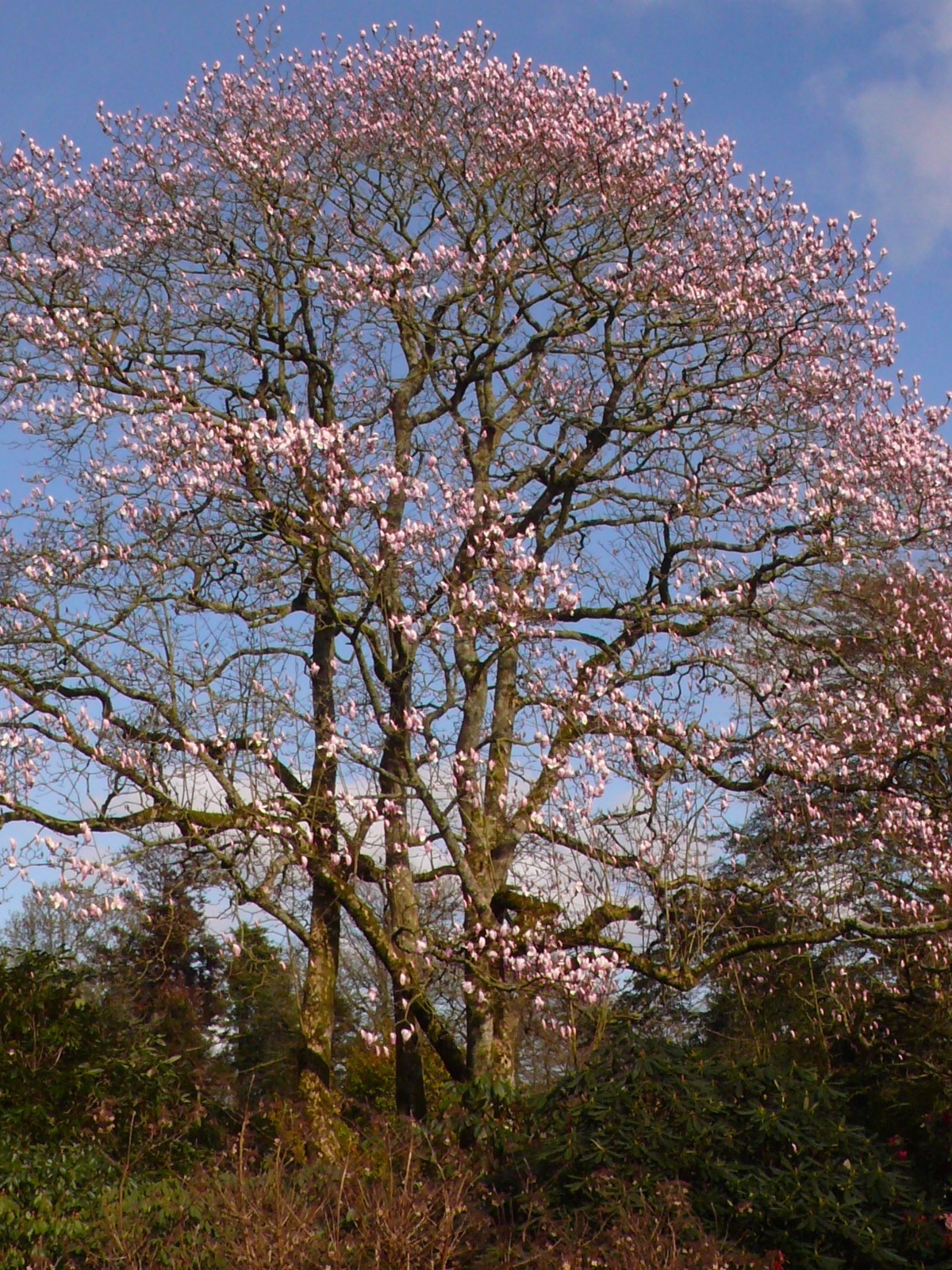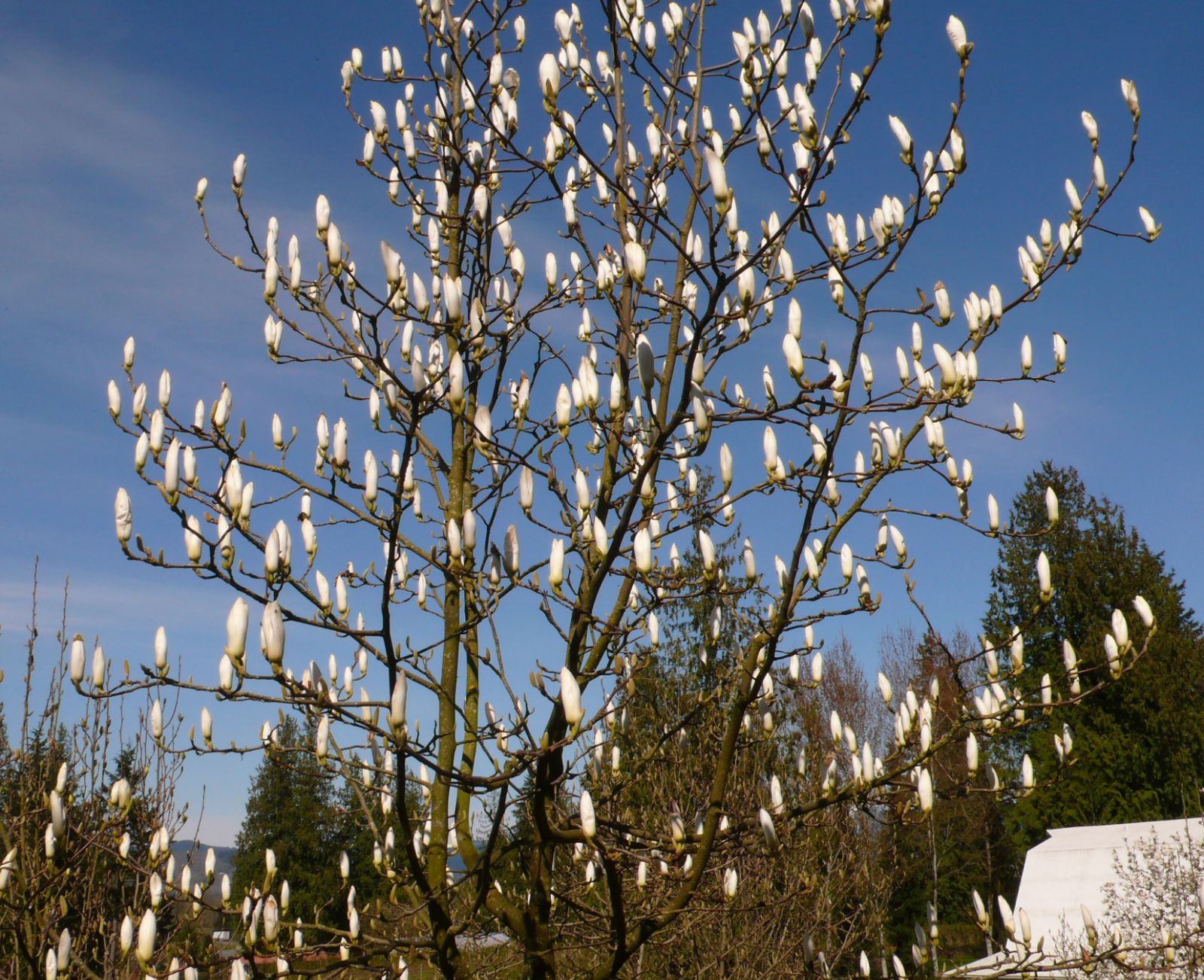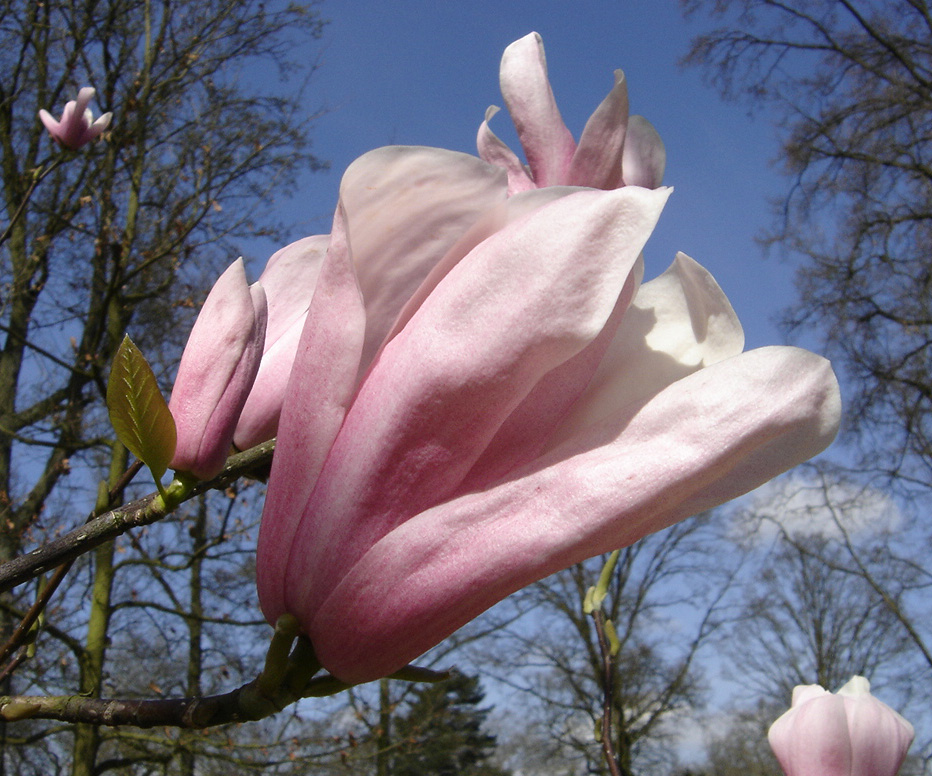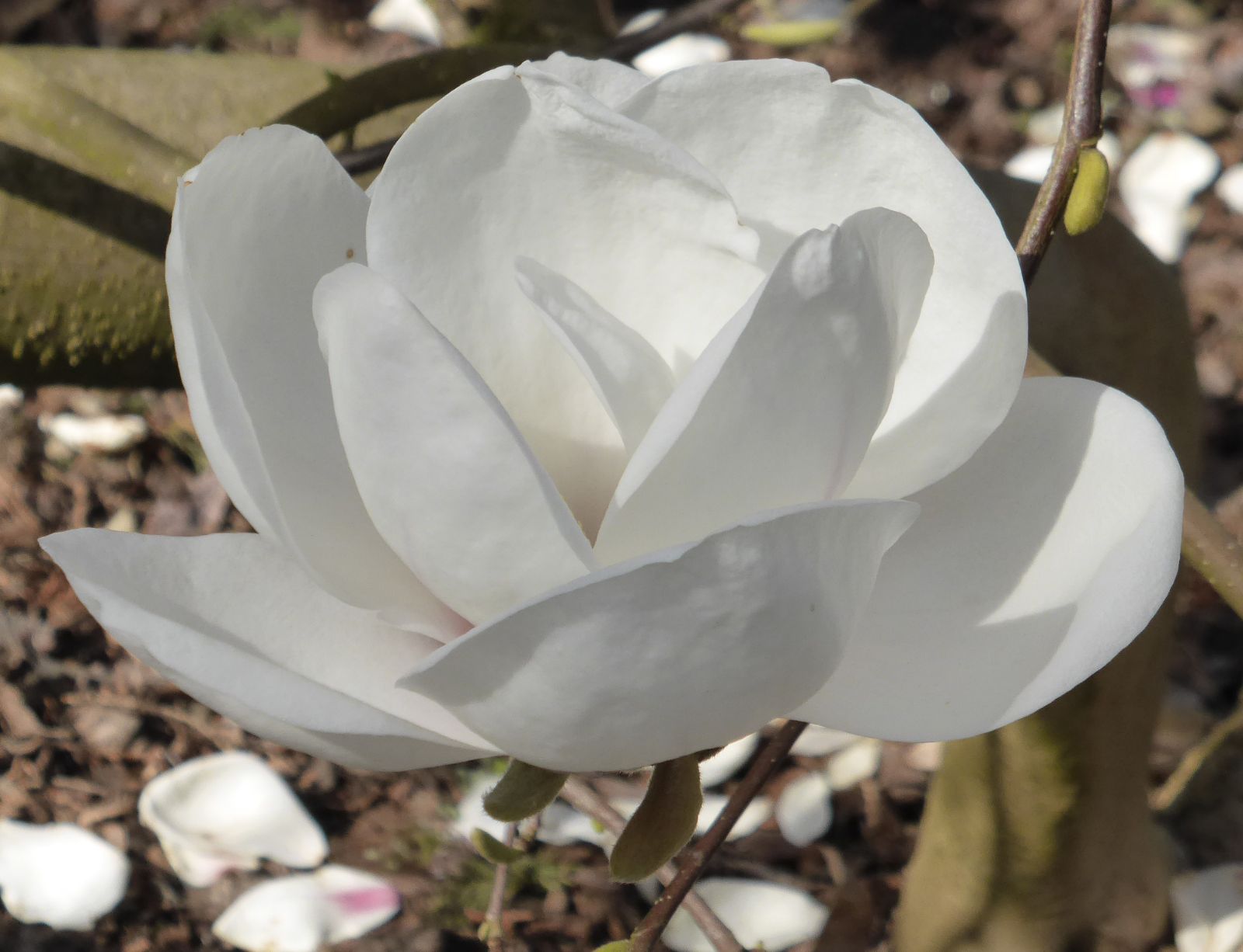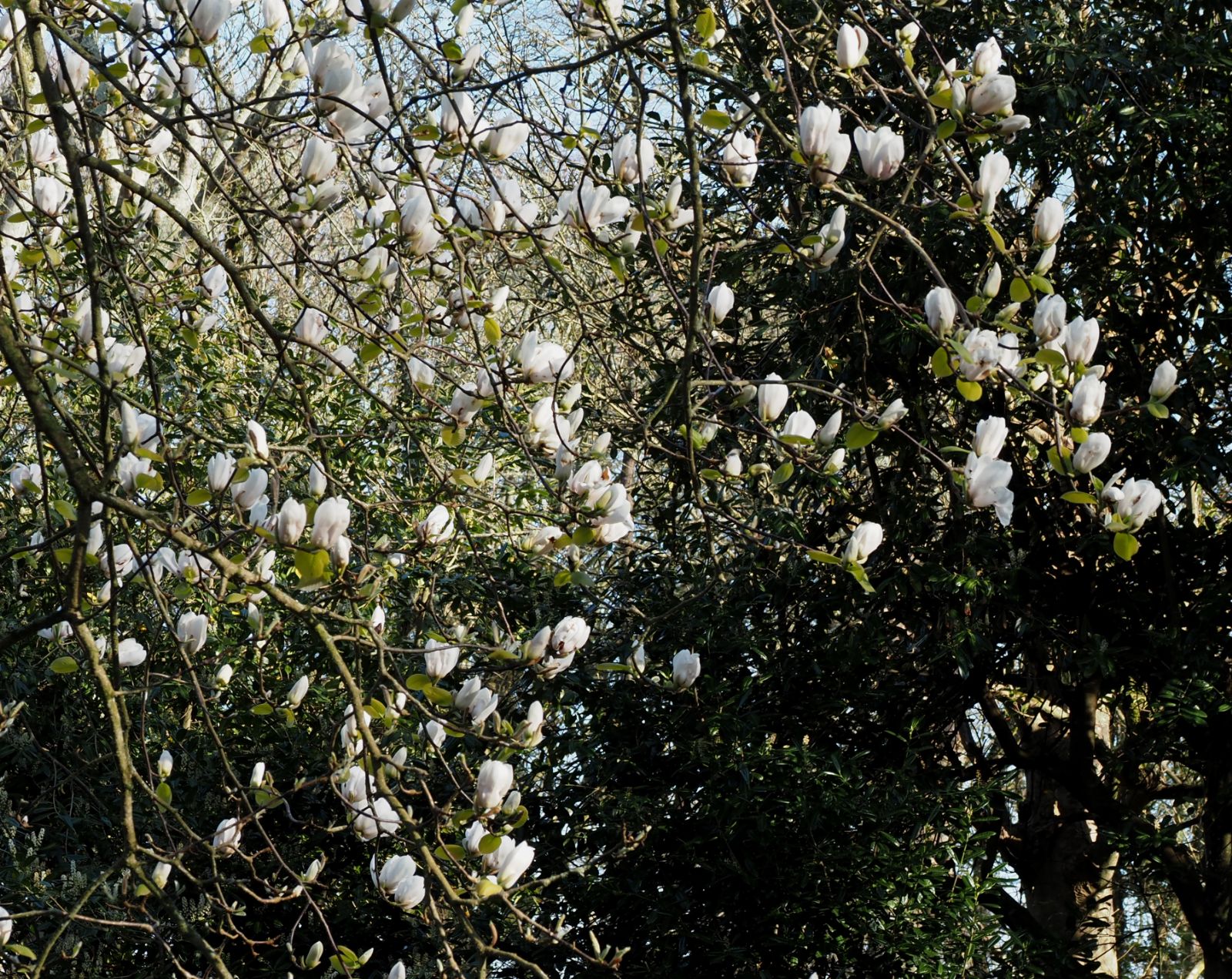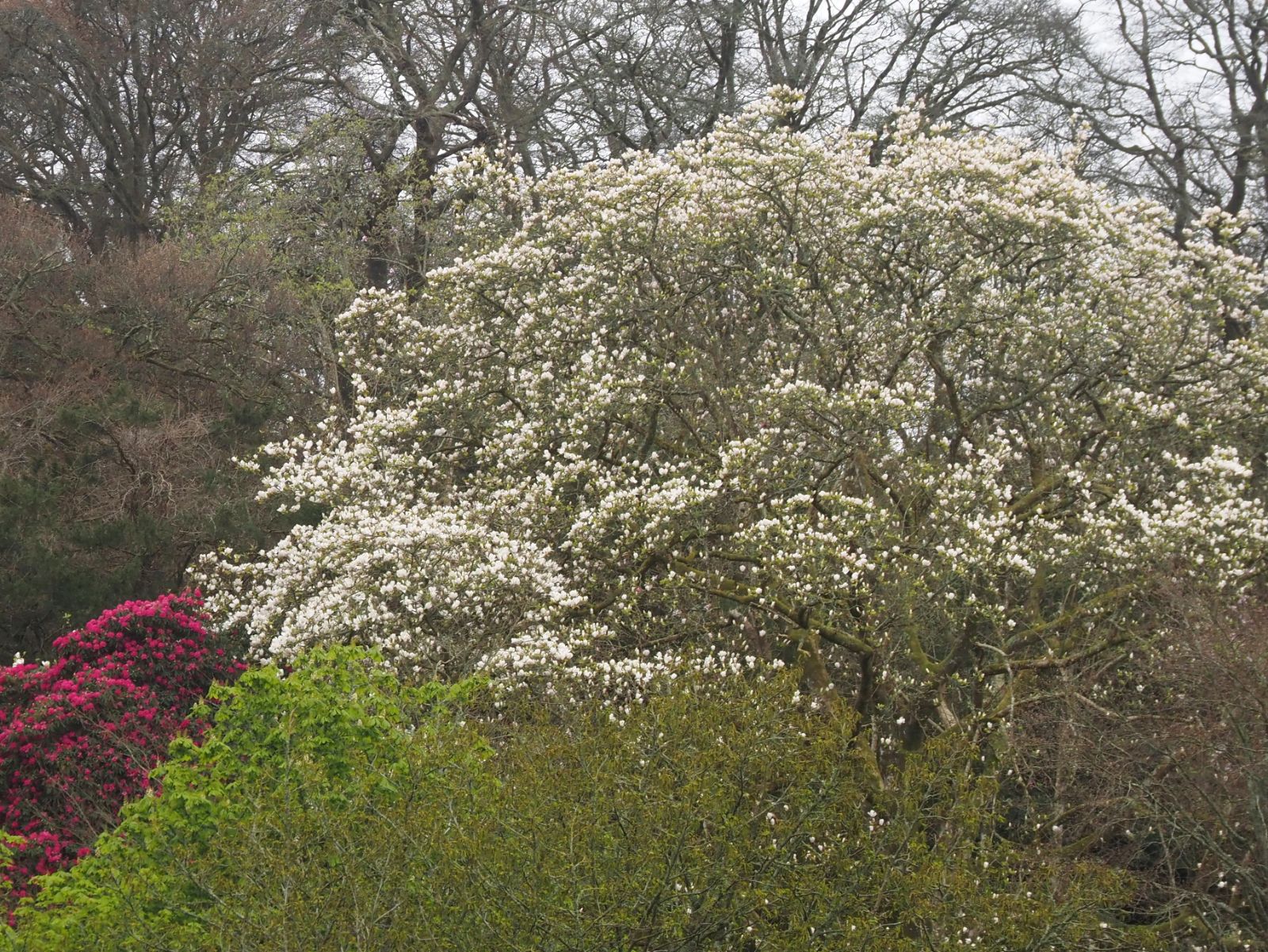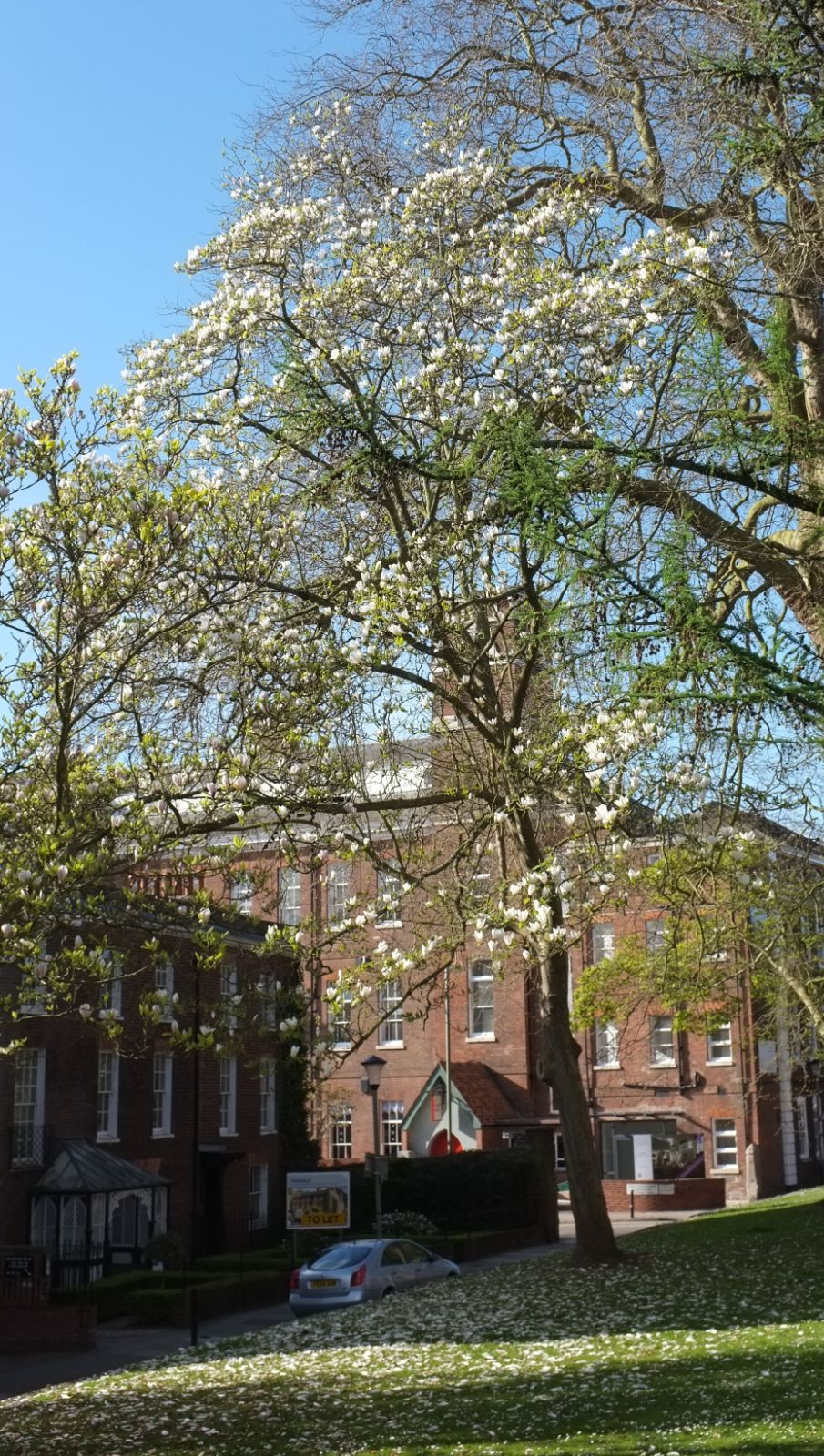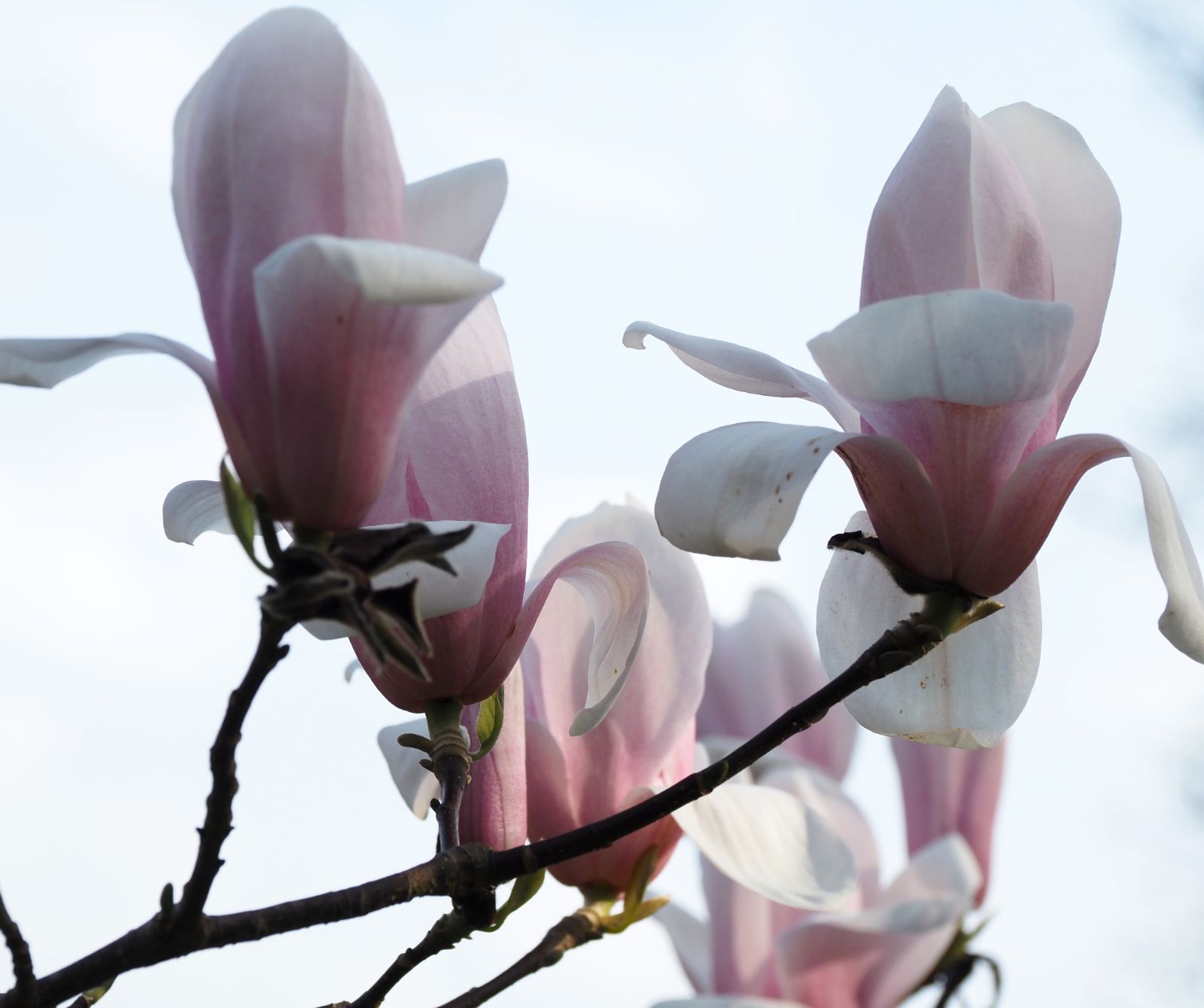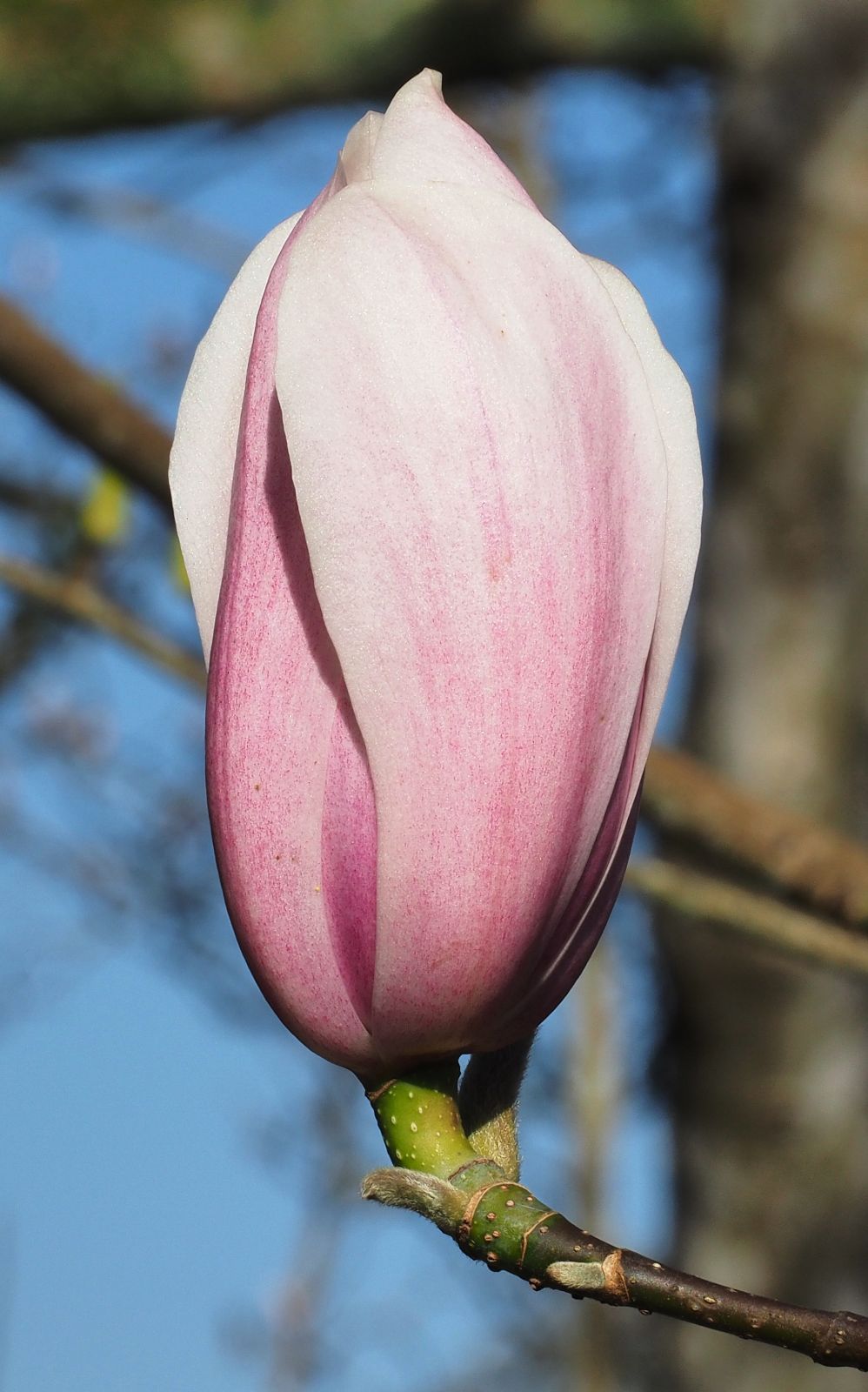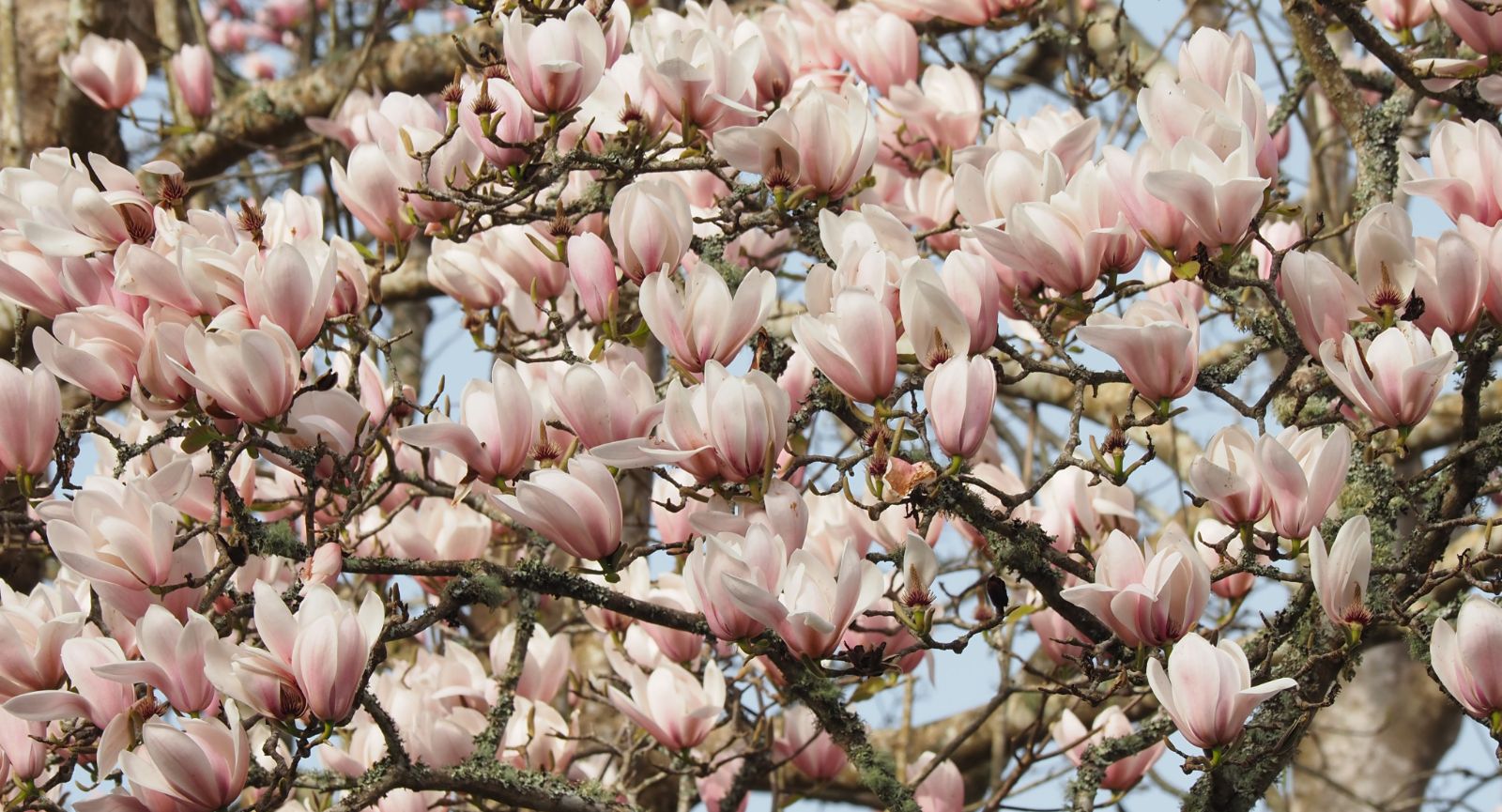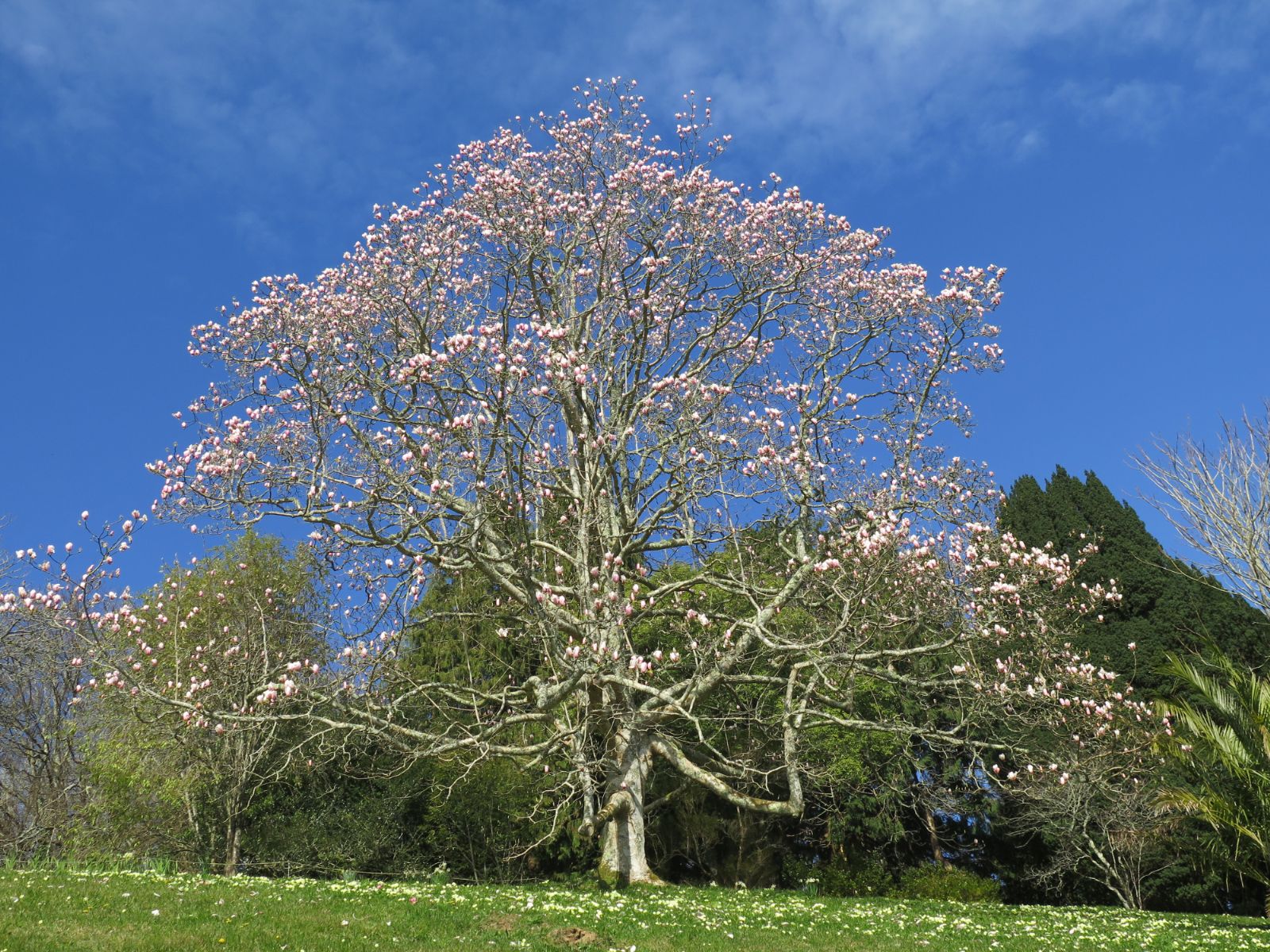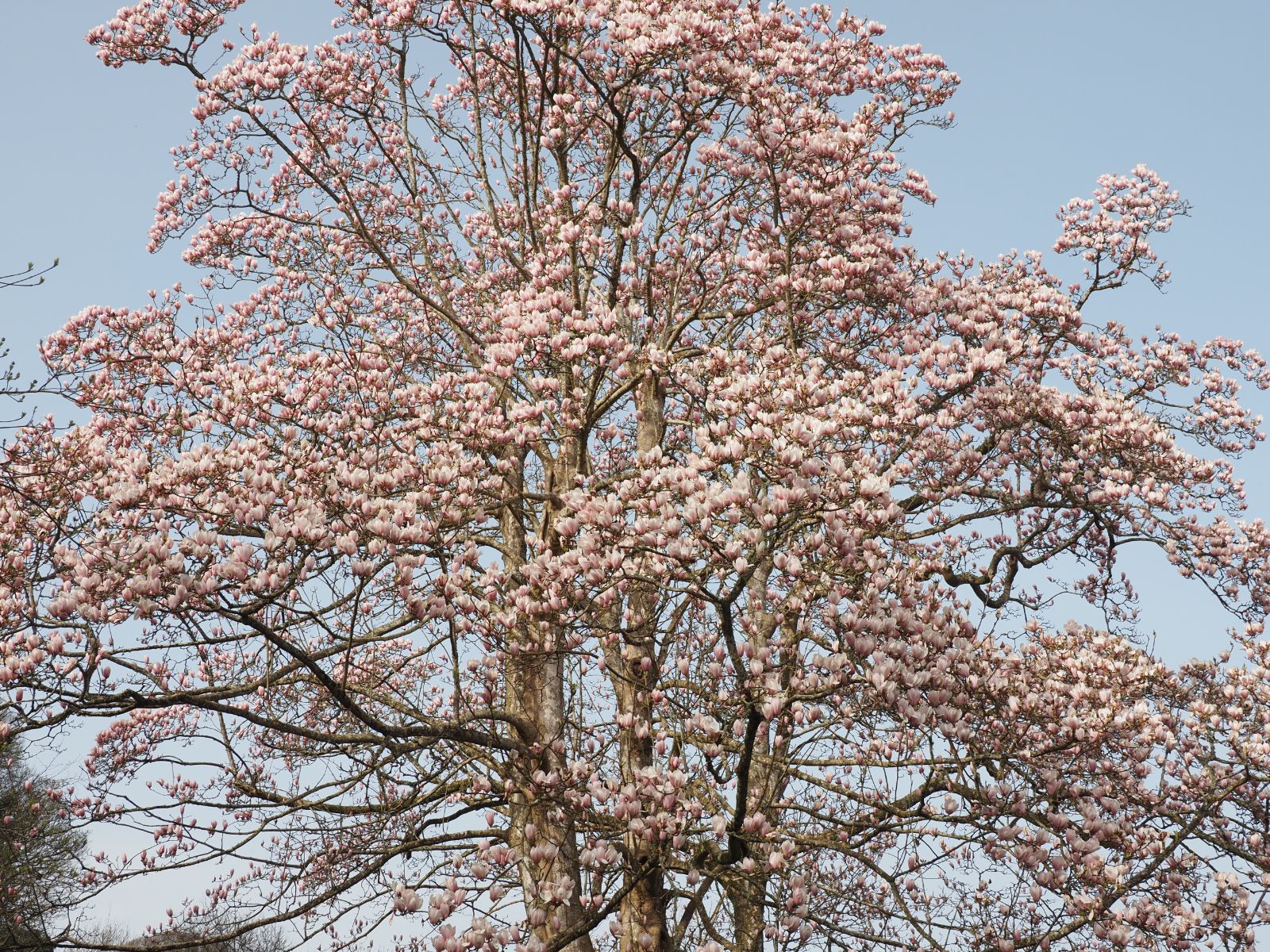Magnolia × veitchii
Sponsor
Kindly sponsored by
The Roy Overland Charitable Trust

Credits
Julian Sutton (2022)
Recommended citation
Sutton, J. (2022), 'Magnolia × veitchii' from the website Trees and Shrubs Online (treesandshrubsonline.
Genus
- Magnolia
- M. denudata × M. campbellii
Infraspecifics
Other taxa in genus
- Magnolia acuminata
- Magnolia × alba
- Magnolia amabilis
- Magnolia amoena
- Magnolia aromatica
- Magnolia biondii
- Magnolia × brooklynensis
- Magnolia campbellii
- Magnolia cathcartii
- Magnolia cavaleriei
- Magnolia caveana
- Magnolia champaca
- Magnolia changhungtana
- Magnolia chapensis
- Magnolia compressa
- Magnolia conifera
- Magnolia Cultivars A
- Magnolia Cultivars B
- Magnolia Cultivars C
- Magnolia Cultivars D
- Magnolia Cultivars E
- Magnolia Cultivars F
- Magnolia Cultivars G
- Magnolia Cultivars H–I
- Magnolia Cultivars J
- Magnolia Cultivars K
- Magnolia Cultivars L
- Magnolia Cultivars M
- Magnolia Cultivars N–O
- Magnolia Cultivars P
- Magnolia Cultivars Q–R
- Magnolia Cultivars S
- Magnolia Cultivars T
- Magnolia Cultivars U–V
- Magnolia Cultivars W–Z
- Magnolia cylindrica
- Magnolia dandyi
- Magnolia dawsoniana
- Magnolia de Vos and Kosar hybrids
- Magnolia decidua
- Magnolia delavayi
- Magnolia denudata
- Magnolia doltsopa
- Magnolia duclouxii
- Magnolia ernestii
- Magnolia figo
- Magnolia floribunda
- Magnolia × foggii
- Magnolia fordiana
- Magnolia foveolata
- Magnolia fraseri
- Magnolia fulva
- Magnolia globosa
- Magnolia × gotoburgensis
- Magnolia grandiflora
- Magnolia grandis
- Magnolia Gresham hybrids
- Magnolia guangdongensis
- Magnolia hookeri
- Magnolia insignis
- Magnolia Jury hybrids
- Magnolia × kewensis
- Magnolia kobus
- Magnolia kwangtungensis
- Magnolia laevifolia
- Magnolia lanuginosa
- Magnolia leveilleana
- Magnolia liliiflora
- Magnolia × loebneri
- Magnolia lotungensis
- Magnolia macclurei
- Magnolia macrophylla
- Magnolia martini
- Magnolia maudiae
- Magnolia nitida
- Magnolia obovata
- Magnolia officinalis
- Magnolia opipara
- Magnolia × proctoriana
- Magnolia × pruhoniciana
- Magnolia rostrata
- Magnolia salicifolia
- Magnolia sapaensis
- Magnolia sargentiana
- Magnolia sieboldii
- Magnolia sinensis
- Magnolia sinica
- Magnolia sinostellata
- Magnolia × soulangeana
- Magnolia sprengeri
- Magnolia stellata
- Magnolia tamaulipana
- Magnolia × thomsoniana
- Magnolia tripetala
- Magnolia virginiana
- Magnolia × wieseneri
- Magnolia wilsonii
- Magnolia xinganensis
- Magnolia yunnanensis
- Magnolia yuyuanensis
- Magnolia zenii
USDA Hardiness Zone 7-9
RHS Hardiness Rating H5
Hybrids between Magnolia campbellii and M. denudata are fast growing, ultimately medium-sized trees flowering on bare branches. Flowers are held more or less upright, and can be as much as 25 cm across when open, with tepals white or various shades of pink, depending on clone. Old specimens in the milder, wetter west of Britain can be hugely impressive in years when the flowers are not frosted. All hybrids involving only these two species are covered by the name. They are known only from cultivation, the species’ wild ranges being well separated. This was the first recorded class of hybrid involving M. campbellii: others have never been given nothospecific names, and can be found here in the ‘Magnolia Cultivars’ pages.
The hybrid was first raised at the Veitch nursery, Exeter, in 1907 as part of a quest for a large ‘tree magnolia’ hardier than M. campbellii and flowering at a younger age; two seedlings were kept and propagated by layering. Other parents were also used at the time, and there is some inconsistency among reports of the events; even the involvement of M. denudata as opposed to M. × soulangeana has been questioned (Treseder 1978).
A sunny, sheltered site is best for these vigorous growers, with moisture-retentive, preferably acidic soil. They have a reputation for being brittle, shedding limbs in high winds. At one time the tallest magnolia in Britain was a specimen (now lost) at Caerhays Castle, Cornwall, 29 m tall in 1984 (Clarke 1988).
'Columbus'
M. denudata × (M. × veitchii 'Peter Veitch')
Flowers white, large and cup shaped. Selected by Frank Santamour from a backcross made by William Kosar, US National Arboretum, 1960; named by John Bond, Savill Garden, UK, 1992 (the 500th anniversary of Christopher Columbus’ voyage, the reverse journey having been made by the plant).
'Helen Fogg'
M. denudata 'Sawada's Pink' × (M. × veitchii 'Peter Veitch')
RHS Hardiness Rating: H6
USDA Hardiness Zone: 6-9
A hardier backcross bred by Phil Savage, MI, before 1989, which grows into a vigorous, symmetrical, medium-sized tree. Flowers are white, cup-shaped, with the lower halves of the tepals pink.
'Isca'
Flowers white, from pink buds. One of the original Veitch seedlings, with fewer, smaller flowers than ‘Peter Veitch’ and a more spreading habit. ‘Alba’ (applied to a white flowered tree at Kew) is perhaps the same. Isca Dumnoniorum was a Roman fort on the site of present-day Exeter.
'Peter Veitch'
Flowers pink, with 9 tepals; prolific and reliable. The more common of the original Veitch seedlings, more vigorous and floriferous than ‘Isca’.

